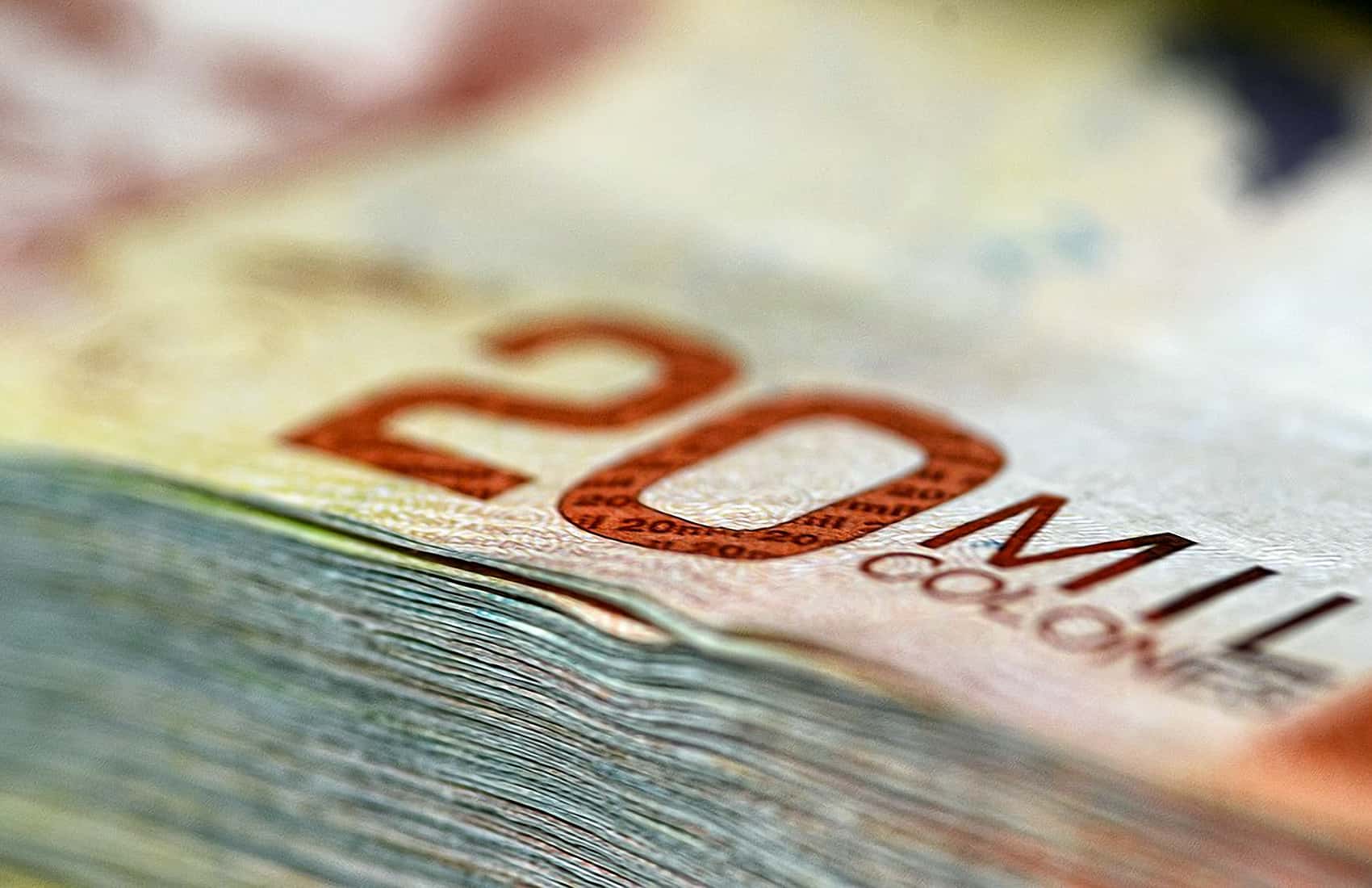The Costa Rica Colon continues to strengthen against the U.S. dollar. After reaching a peak of 691 Colons just last June the exchange rate has steadily dropped to just 540 Colons to the dollar. This is about a 20% reduction.
The precipitous decline has impacted many parts of the Costa Rica economy. Those that hold loans in dollars but are paid in Colones are paying more to satisfy their debt.
Exporters and those in the tourism industry have also been effected. Both of those sectors are pleading for Costa Rica authorities to intervene to prevent a further decline.
In a recent study over 50% of those in the agricultural sector report having laid off employees as a result of the exchange rate.
A falling exchange rate means that those in the tourism industry that receive dollars have to use more of those dollars to pay for expenses in Colones.
According to economists the drop is a result of several factors, one being a surplus of dollars in the country resulting in a lack of demand.
The relaxation of Covid-19 restrictions in Costa Rica and worldwide created a surge in dollars into the economy. It also appears that the Costa Rica Central Bank has been taking advantage of the decline and has been buying large amounts of dollars at the lower rates.
One potential sign that the rate may begin to slow or reverse is the Central Bank’s dropping of Colon interest rates last Thursday. The Bank had been raising rates to combat inflation in the local economy making the Colon more attractive for investors.
The rate went from less than 1% to 9% in about one year. With inflation seeming to be in decline in Costa Rica a drop in interest rates from 9% to 8.5% and indications that further cuts are expected may make those investors consider other options in the future.
It may take time for these interest rate reductions to take effect and for the surplus of dollars in the economy to decrease. Until then some believe that the exchange rate may continue to fall in the near future.






